Understanding your lizard’s body language is crucial for providing proper care and building trust with your scaly companion. Unlike cats or dogs that can meow or bark to communicate their needs, lizards rely heavily on subtle physical cues to express their emotions and intentions. One of the most fascinating aspects of lizard communication is their tail behavior, particularly the dramatic defense mechanism known as tail autotomy (self-amputation). By learning to interpret these silent signals—from tail positions to color changes—you can better understand your pet’s emotional state, detect health issues early, and create a more enriching environment for them. This comprehensive guide will help you decode your lizard’s body language, with special attention to what their tail behavior reveals about their temperament and well-being.
The Science Behind Tail Autotomy

Tail dropping, or autotomy, is a remarkable evolutionary adaptation that allows many lizard species to escape predators by sacrificing their tail. This defensive mechanism works through specialized fracture planes in the vertebrae that can break along predetermined points when the lizard feels threatened. Once detached, the tail often continues to wiggle vigorously, distracting the predator while the lizard makes its escape. The biological process involves complex neurological pathways that can instantaneously trigger muscle contractions at the fracture site, allowing for a clean break. While impressive, this survival strategy comes at significant metabolic cost to the lizard, as they must redirect energy resources to regenerate the lost appendage—a process that can take months and may never result in a tail identical to the original.
Stress Signals: When Your Lizard Might Drop Its Tail
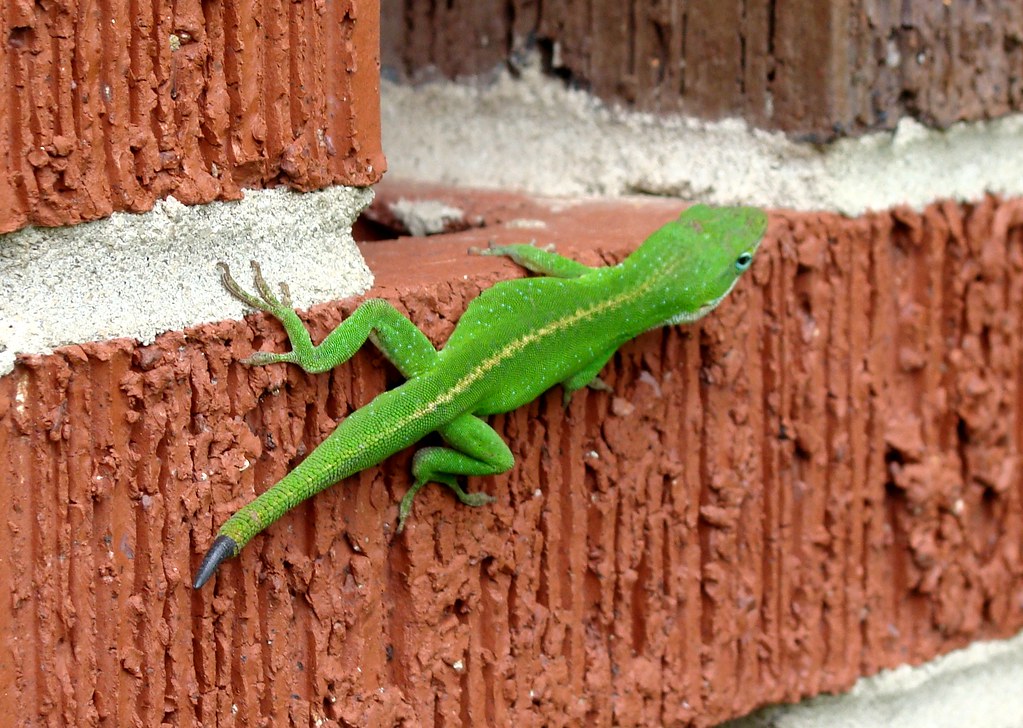
Recognizing the warning signs that precede tail dropping can help prevent this traumatic experience for your pet. Extreme stress is the primary trigger, and your lizard will typically display a progression of anxiety behaviors before resorting to autotomy. These include rapid breathing, darkening of skin color, flattening of the body, and assuming a rigid, alert posture with the tail raised. Erratic movement, attempting to flee, or freezing completely can also indicate your lizard feels threatened enough to consider dropping its tail. It’s crucial to note that rough handling is one of the most common human-caused stressors leading to tail autotomy, particularly if you grab or restrain your lizard by its tail. Creating a quiet, secure environment and using proper handling techniques can significantly reduce the likelihood of stress-induced tail dropping.
Tail Positions and What They Mean
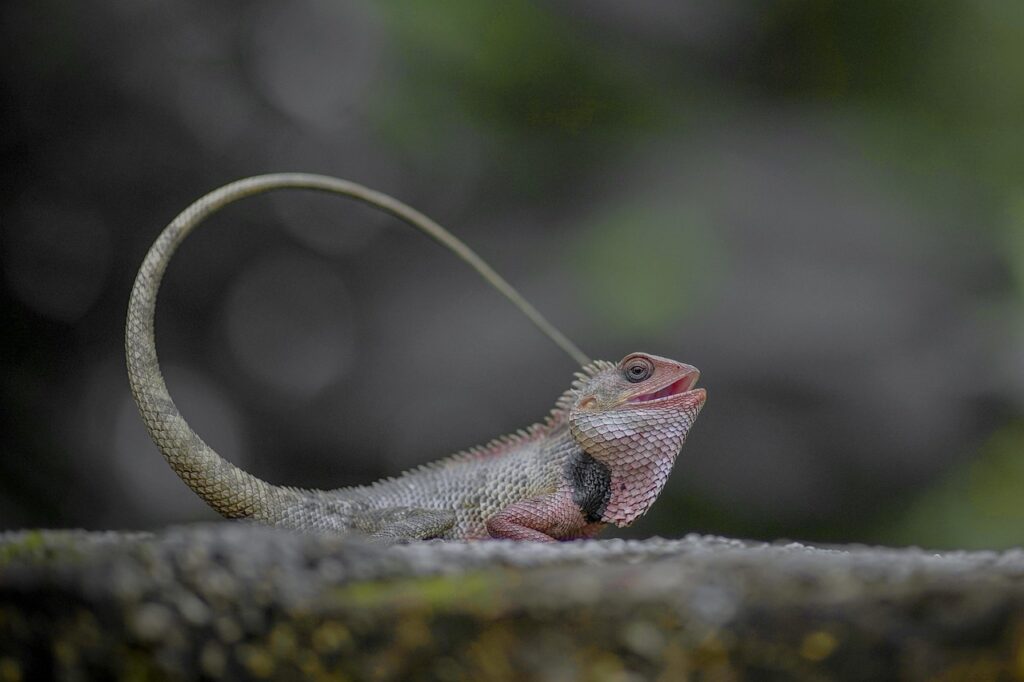
Your lizard’s tail position serves as a barometer for its emotional state and intentions. A relaxed lizard typically holds its tail in a neutral position, either straight behind or gently curved, with smooth, unhurried movements. When alert or mildly concerned, many species will slightly elevate their tail, keeping it tense and ready for quick movement. Defensive posturing often involves raising the tail high while simultaneously flattening the body and expanding the throat—a clear warning sign that your lizard feels threatened. Some species, particularly those with specialized tail displays like crested geckos, may wave or curl their tails in specific patterns during courtship or territorial disputes. Learning the normal tail carriage and movement patterns for your particular lizard species will help you establish a baseline against which to measure potential stress or excitement.
The Aftermath: Caring for a Lizard After Tail Loss
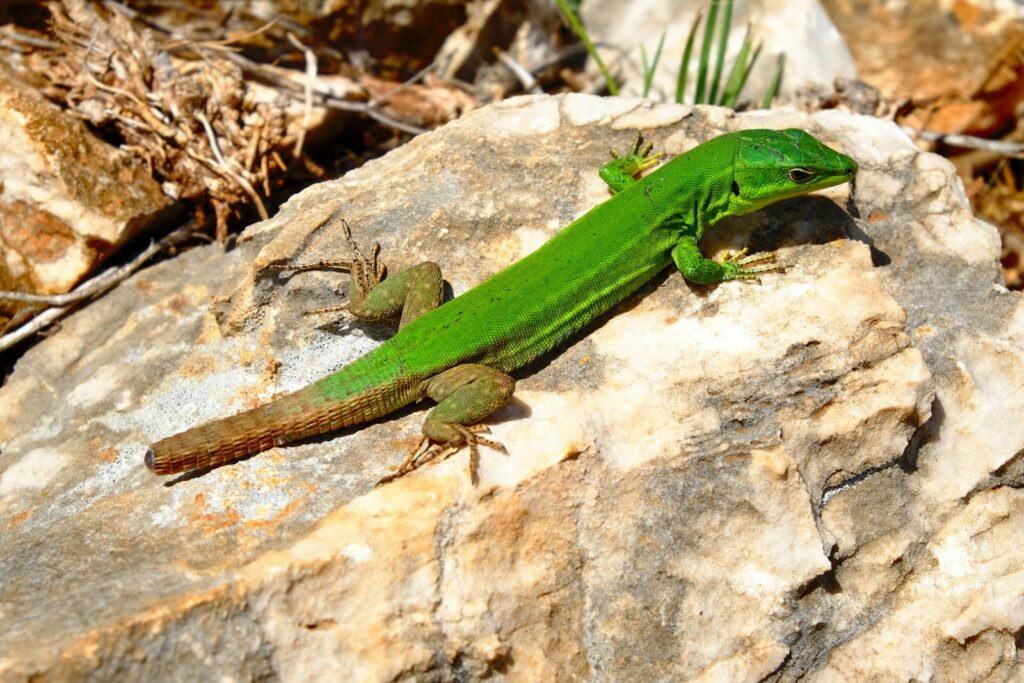
When a lizard drops its tail, proper aftercare is essential to prevent infection and promote healthy regeneration. The wound usually seals itself quickly, but you should monitor the site for signs of infection such as excessive redness, swelling, or discharge. Maintaining scrupulous cleanliness in the enclosure becomes even more important during the healing phase, so remove feces promptly and consider a substrate that minimizes bacterial growth. Your lizard may show decreased appetite initially, but should return to normal feeding within a few days—if eating problems persist beyond a week, veterinary attention is warranted. The regeneration process varies significantly between species, with some lizards growing a nearly perfect replacement while others develop a more cartilaginous “stub” with different coloration or patterning than the original tail.
Body Posture: Reading Your Lizard’s Overall Stance
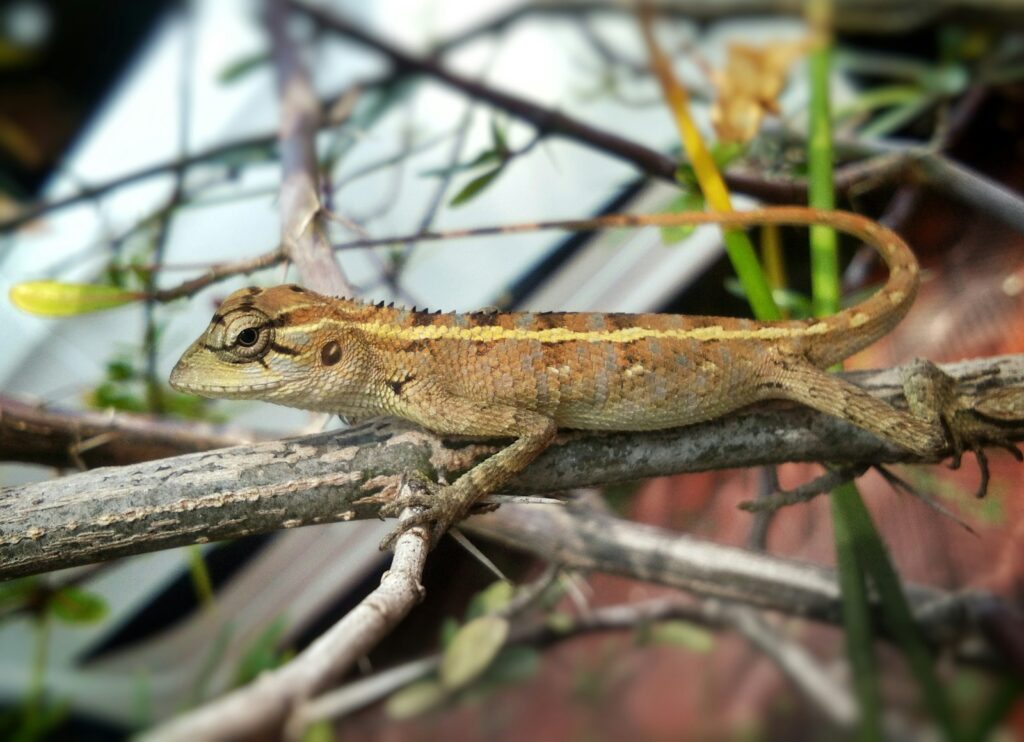
Beyond tail positioning, your lizard’s overall body posture provides valuable insight into its emotional state. A content lizard typically maintains a relaxed, symmetrical posture with the body slightly elevated off the ground and limbs in a natural position. Signs of discomfort or illness often manifest as asymmetrical postures, excessive flattening against surfaces, or unusual tilting of the head. Many species will “puff up” by expanding their ribcage and throat when feeling threatened, making themselves appear larger to potential predators. Submission may be indicated by a lowered profile, with the body pressed close to the ground and limbs tucked inward. Learning to recognize these postural variations in your specific lizard species can help you respond appropriately to their changing emotional needs.
Color Changes and Their Significance
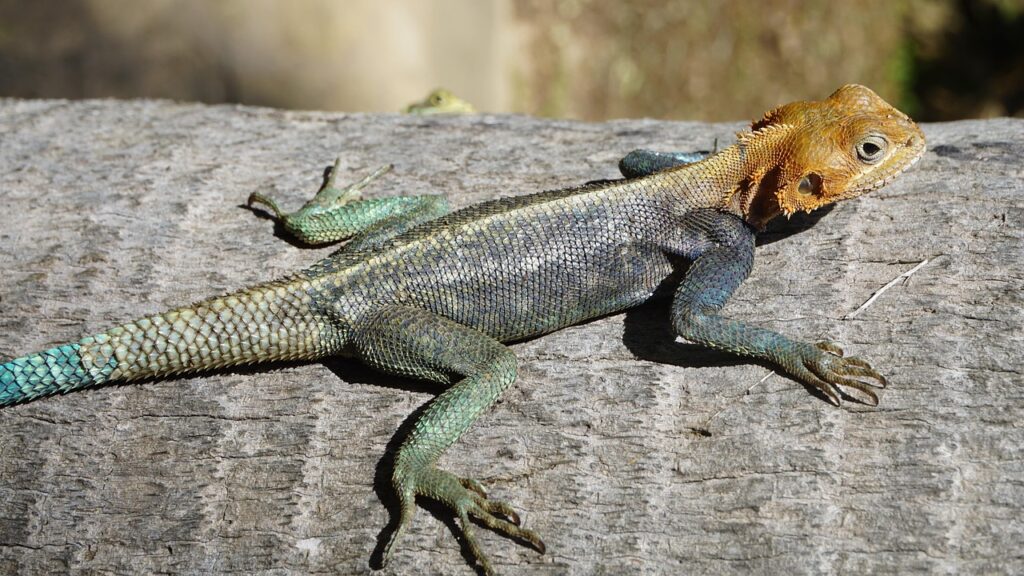
Color changes in lizards can provide remarkable insight into their physiological and emotional state. While chameleons are famous for their dramatic color transformations, many lizard species exhibit more subtle chromatic shifts in response to temperature, mood, and health status. Stress often causes darkening in many species, particularly around the throat, limbs, or in bands across the body. Brightening of colors frequently indicates comfort, optimal temperature, or reproductive readiness, while dulling of normal coloration may signal illness or nutritional deficiencies. Some lizards display specific color patterns when engaging in territorial displays or during courtship, such as the vibrant throat fans of anoles. Regular observation of your lizard’s typical coloration patterns will help you detect meaningful changes that might indicate shifts in their well-being or emotional state.
Species-Specific Communication: Bearded Dragons vs. Geckos
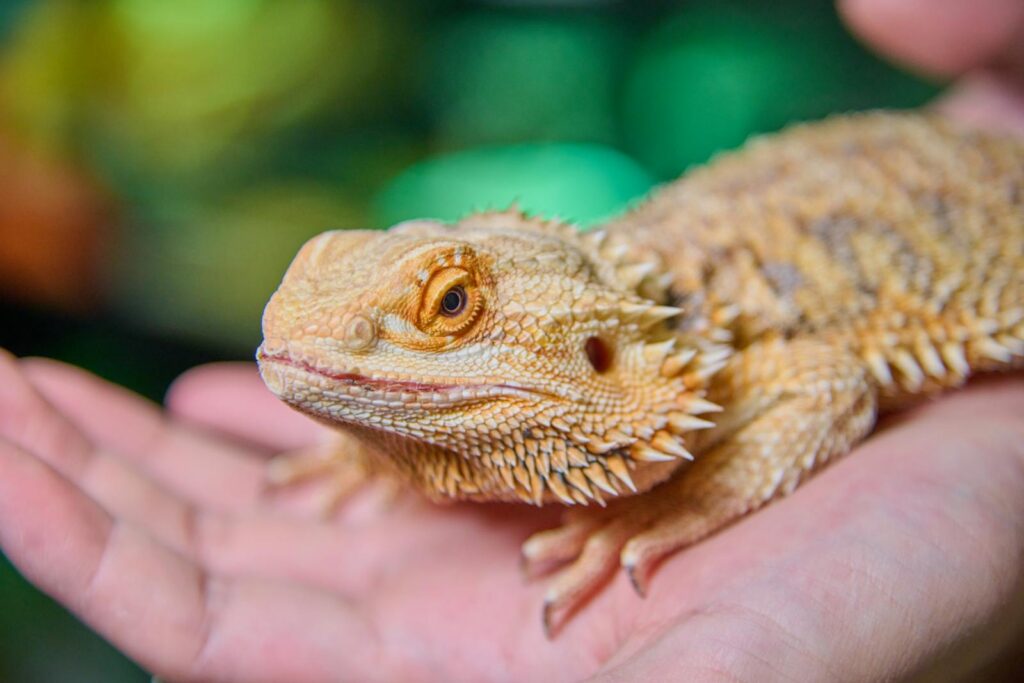
Different lizard species have evolved distinctive communication styles that reflect their evolutionary history and ecological niche. Bearded dragons, for instance, are known for their elaborate visual displays, including beard darkening and expansion, arm waving, and head bobbing—behaviors rarely seen in gecko species. Leopard geckos may communicate primarily through subtle tail positions and vocalizations like chirps or squeaks, whereas bearded dragons are largely silent. Territorial aggression in bearded dragons often involves dramatic posturing and color changes, while geckos might simply retreat or exhibit tail-raising behaviors. Understanding the communication repertoire specific to your pet’s species is essential for accurate interpretation of their signals, as what constitutes normal behavior in one lizard might indicate distress in another.
Handling Techniques to Reduce Stress
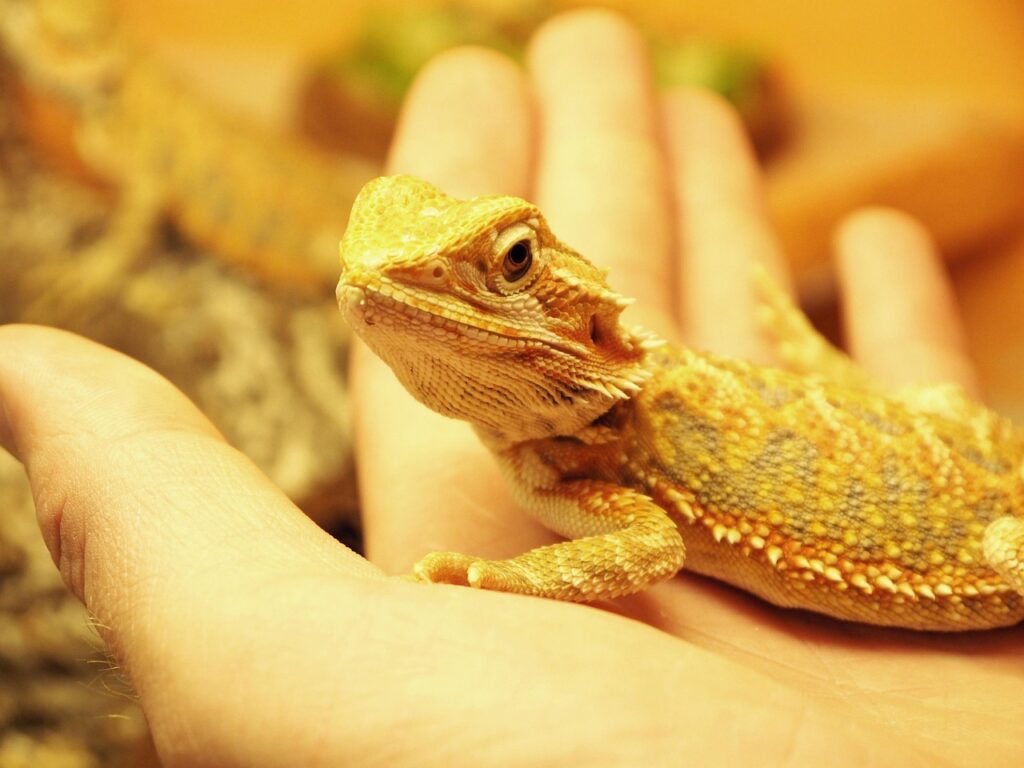
Proper handling is fundamental to maintaining trust and preventing stress-induced behaviors like tail dropping. Always approach your lizard from the side rather than from above, as overhead approaches mimic predator attacks in the wild. Support your lizard’s entire body, particularly their legs and torso, never grabbing or restricting the tail. For most species, the “hand platform” technique works well—allowing the lizard to walk onto your open palm rather than picking them up. Pay close attention to body language during handling sessions; flattening, darkening, gaping mouths, or rapid breathing all indicate it’s time to return your pet to its enclosure. Gradually increasing handling duration helps build tolerance, but respect that some individuals or species may never enjoy extensive handling—forcing interaction can damage the trust relationship permanently.
Creating a Stress-Free Environment

Environmental factors play a crucial role in your lizard’s stress levels and overall well-being. Ensure the enclosure provides appropriate temperature gradients with clearly defined basking and cooling zones that allow for effective thermoregulation. Multiple hiding spots at both warm and cool ends give your lizard security options essential for psychological comfort. Appropriate substrate depth for species that enjoy burrowing, along with climbing structures for arboreal species, allows for natural behaviors that reduce stress. Consider the placement of the enclosure itself—high-traffic areas with constant movement, loud noises, or the presence of potential predators like cats and dogs can create chronic stress. Visual barriers on at least two sides of the tank can provide a sense of security, particularly for shy species that feel exposed in fully transparent enclosures.
Aggression Signals: When Your Lizard Feels Threatened
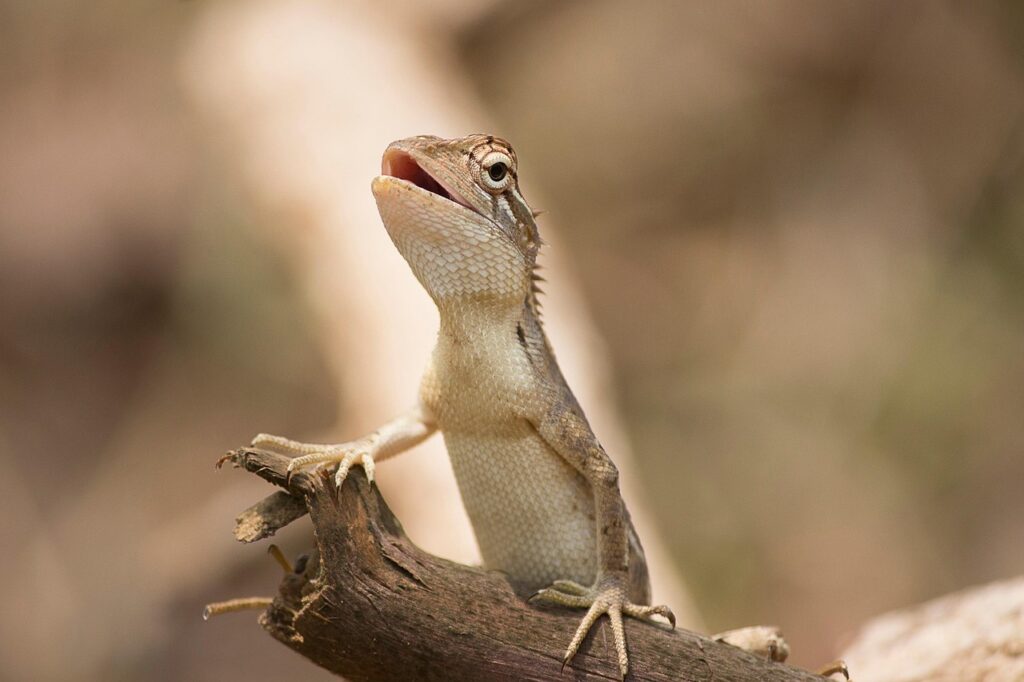
Recognizing the progression of threat displays can help you intervene before your lizard reaches a state of extreme distress. Early warning signs often include increased alertness, with the head raised and eyes fixed on the perceived threat. As tension escalates, many species will change posture, either flattening to appear larger or raising themselves on straightened legs. Open-mouth displays, often accompanied by hissing in some species like bearded dragons or monitor lizards, represent a serious warning that should never be ignored. Tail whipping or lashing is a particularly important signal that often precedes either an attack or defensive tail dropping. Understanding these progressive warning signs allows you to modify your behavior or environmental conditions before your lizard resorts to more drastic measures like biting or tail autotomy.
Territorial Behaviors and Dominance Displays
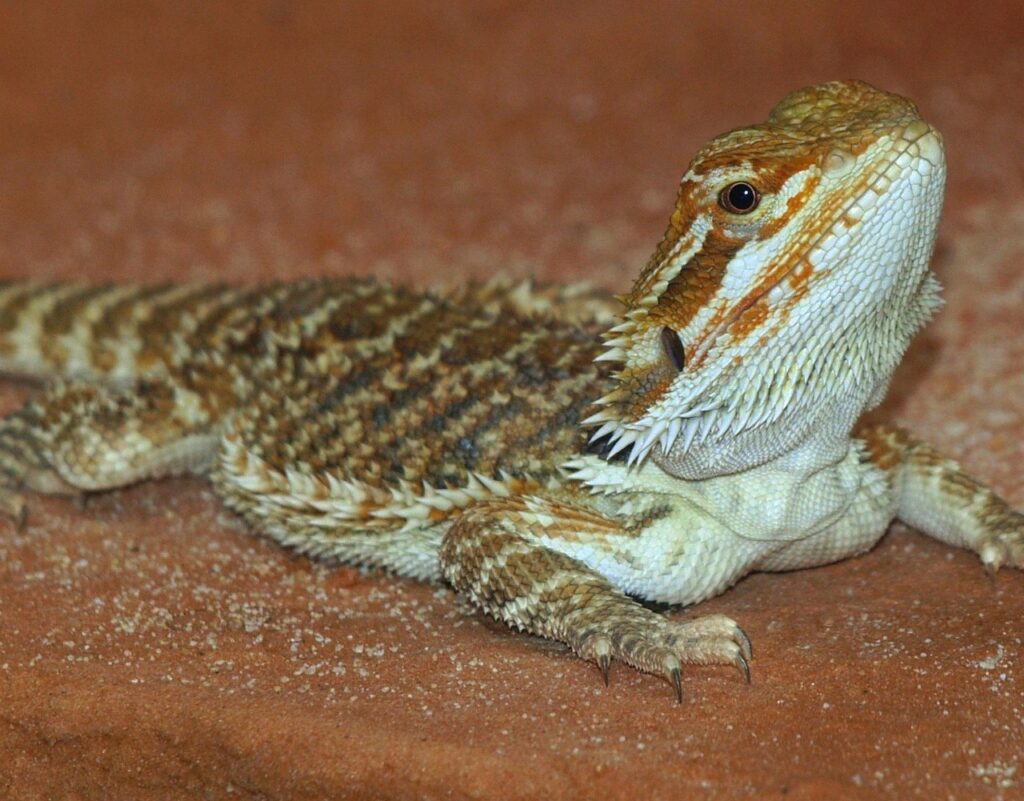
Many lizard species exhibit complex territorial behaviors that can be mistaken for aggression or stress if not properly understood. Head bobbing serves as a common dominance display in many species, with different patterns and speeds conveying specific messages about status and intentions. Arm waving, particularly in bearded dragons and some agamid relatives, can indicate submission or recognition of another lizard’s dominance. Substrate scratching or digging, especially in areas with strong scent marking, often serves to reinforce territorial boundaries. These behaviors may intensify during breeding season or when housing multiple lizards together, and can sometimes lead to serious conflict if adequate space and resources aren’t provided. Recognizing the difference between normal territorial displays and genuine distress requires attentive observation of your particular species’ behavioral patterns.
Reproductive Behaviors and Courtship Signals
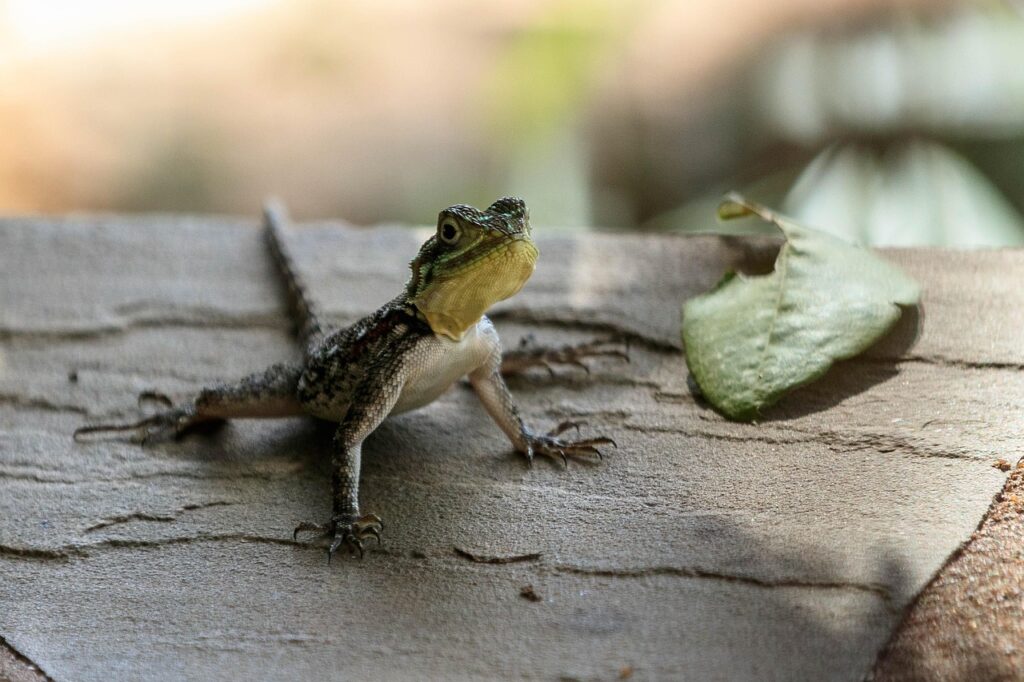
Breeding behaviors introduce a distinct set of body language signals that can sometimes be confused with aggression or stress. Male lizards often become more vibrant during breeding season, with enhanced coloration particularly in display structures like dewlaps or crests. Courtship rituals frequently involve specific movement patterns, such as the head-bobbing sequences seen in many iguanids or the foot-stamping displays of certain gecko species. Females may indicate receptivity through submissive posturing or specific tail positions, while rejecting unwanted advances through aggressive displays or rapid retreat. It’s important to note that unwanted mating attempts can cause extreme stress in female lizards, potentially leading to tail dropping or other defensive behaviors. Understanding the normal reproductive behavior patterns for your species can help you differentiate between healthy courtship and problematic harassment if housing males and females together.
When to Seek Veterinary Care

While many behavioral changes represent normal responses to environmental stimuli, certain patterns may indicate underlying health concerns requiring professional attention. Persistent abnormal tail posturing, such as continual elevation or unusual angles, can signal spinal or neurological issues rather than emotional responses. Repetitive tail twitching or tremors, particularly when the lizard is otherwise at rest, may indicate metabolic disorders like calcium deficiency or neurological disease. Any signs of infection following tail loss—including prolonged bleeding, discharge, discoloration, or swelling—warrant immediate veterinary care. Sudden personality changes, especially increased aggression or extreme lethargy combined with altered body language, often indicate pain or illness rather than behavioral issues. Remember that early intervention for health problems significantly improves outcomes, so monitoring your lizard’s typical body language helps establish the baseline against which concerning changes can be measured.
Understanding your lizard’s body language—particularly what their tail is telling you—creates a foundation for a rewarding relationship with your scaly companion. By learning to interpret these subtle physical cues, you’ll not only minimize stress-induced behaviors like tail dropping but also enhance your ability to provide appropriate care tailored to your pet’s individual needs. Remember that patience and consistent observation are key; each lizard has its own personality and communication style that you’ll come to recognize over time. With practice, you’ll develop an intuitive understanding of your lizard’s emotional states, allowing you to create an environment where they can thrive physically and behaviorally. This deeper connection transforms lizard keeping from simple pet ownership into a fascinating journey of interspecies communication and mutual trust.

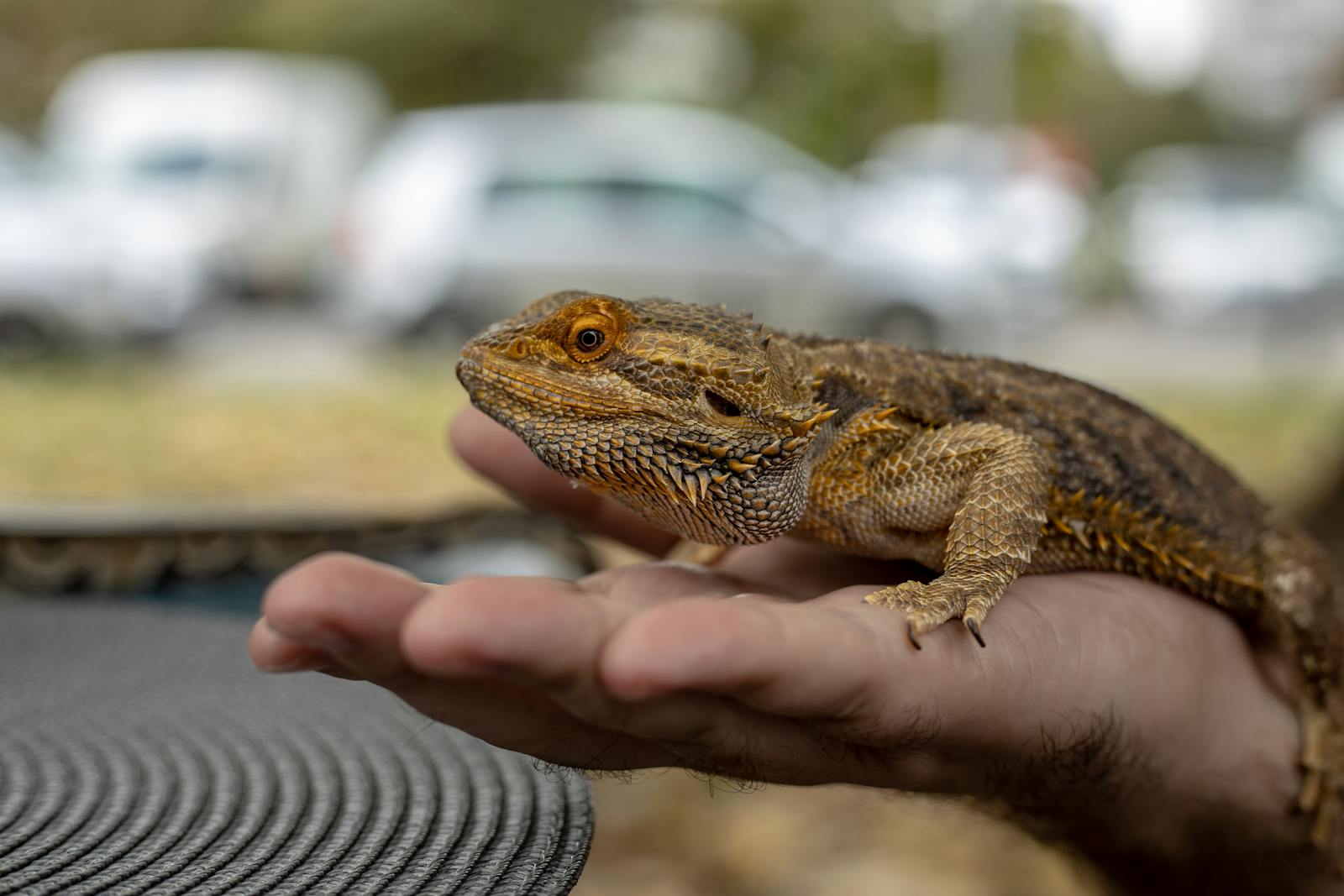

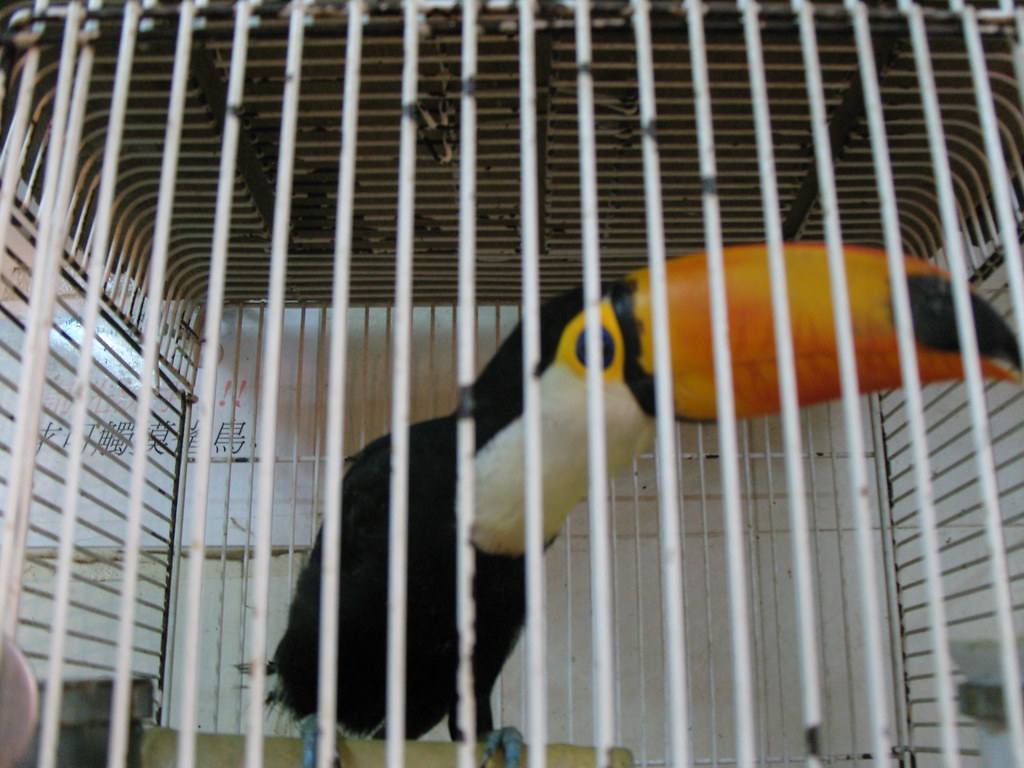
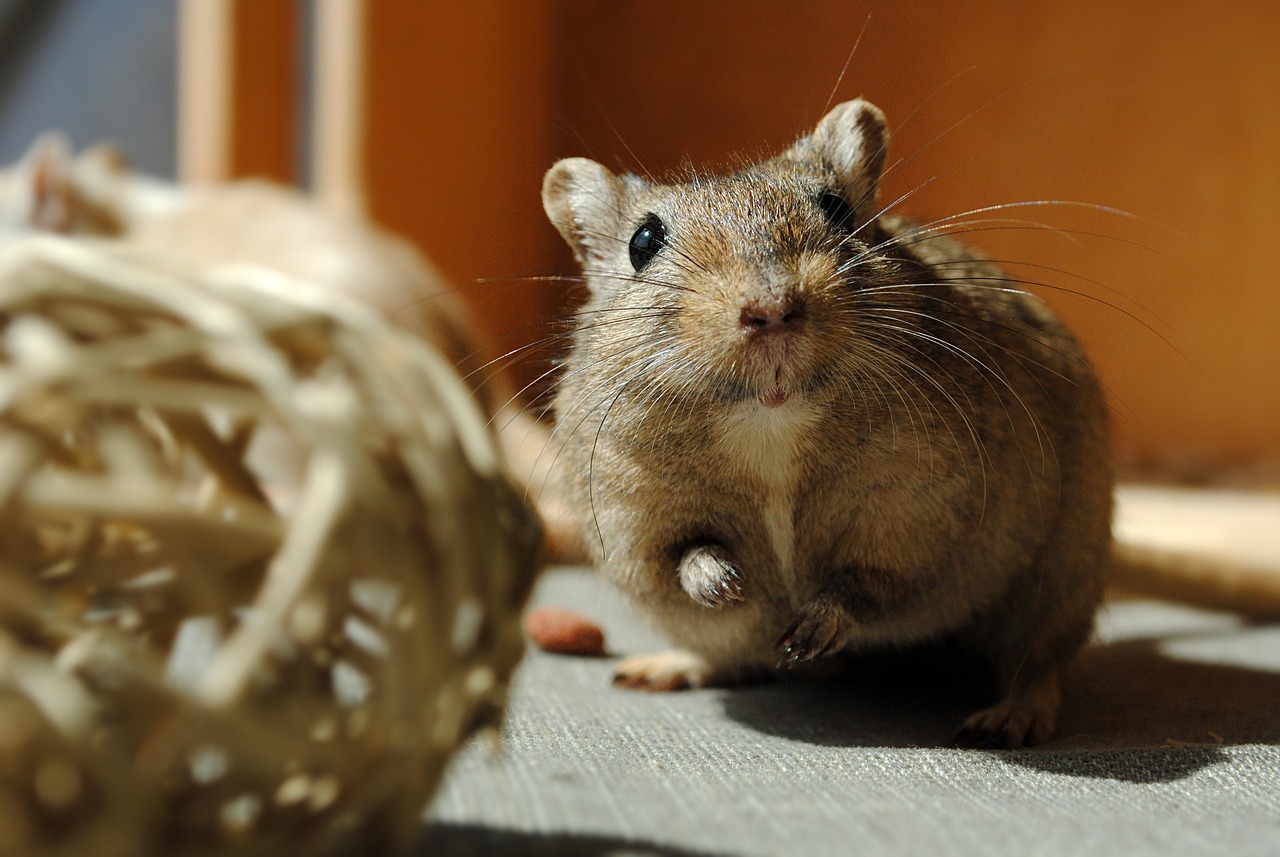
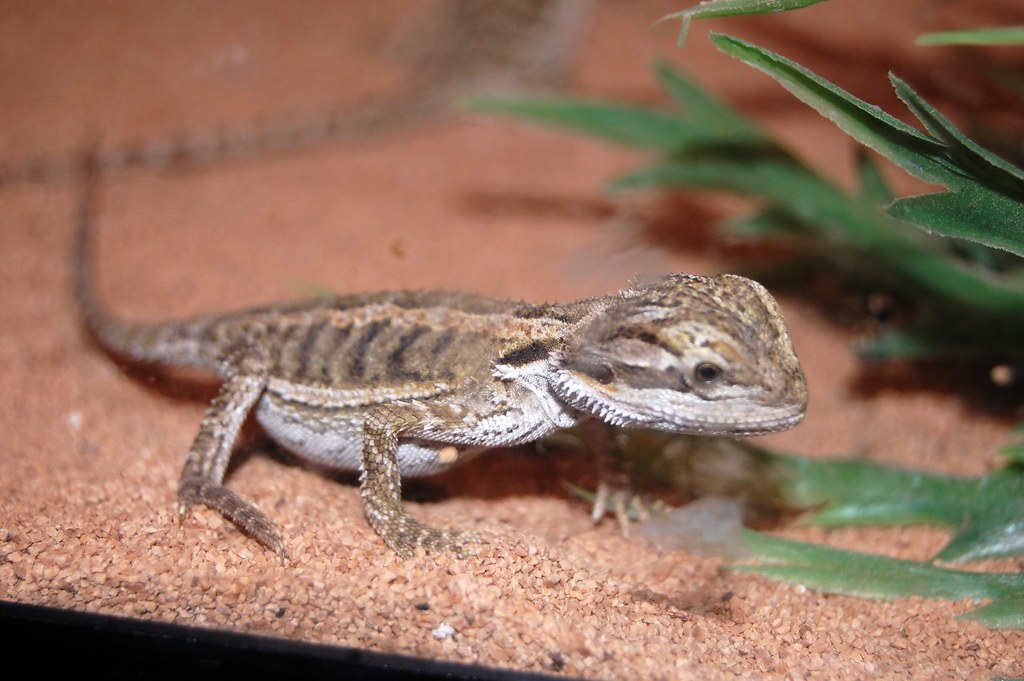
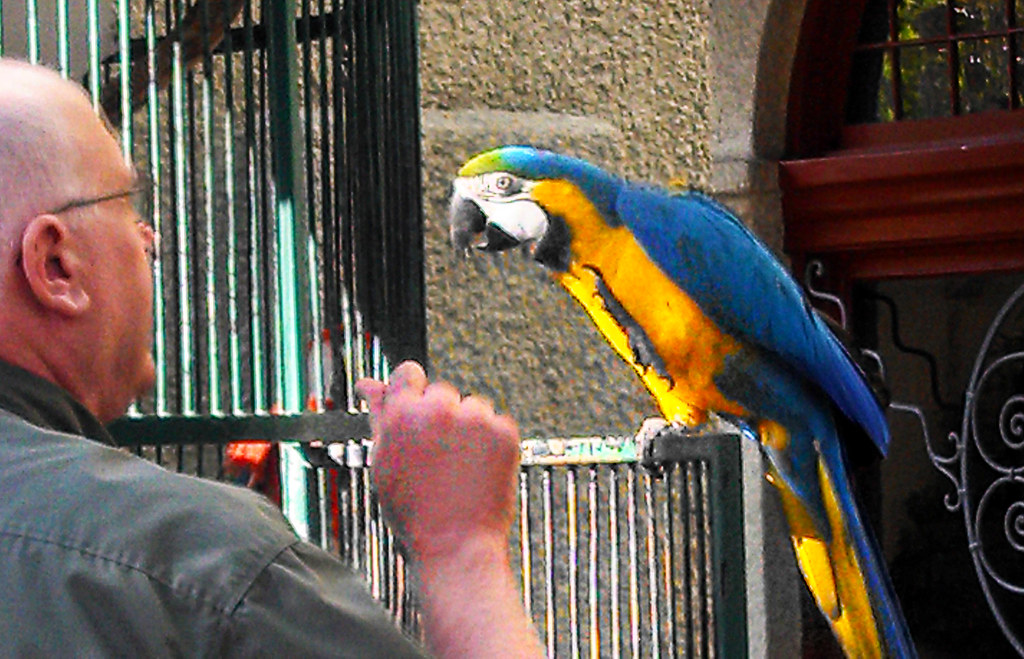
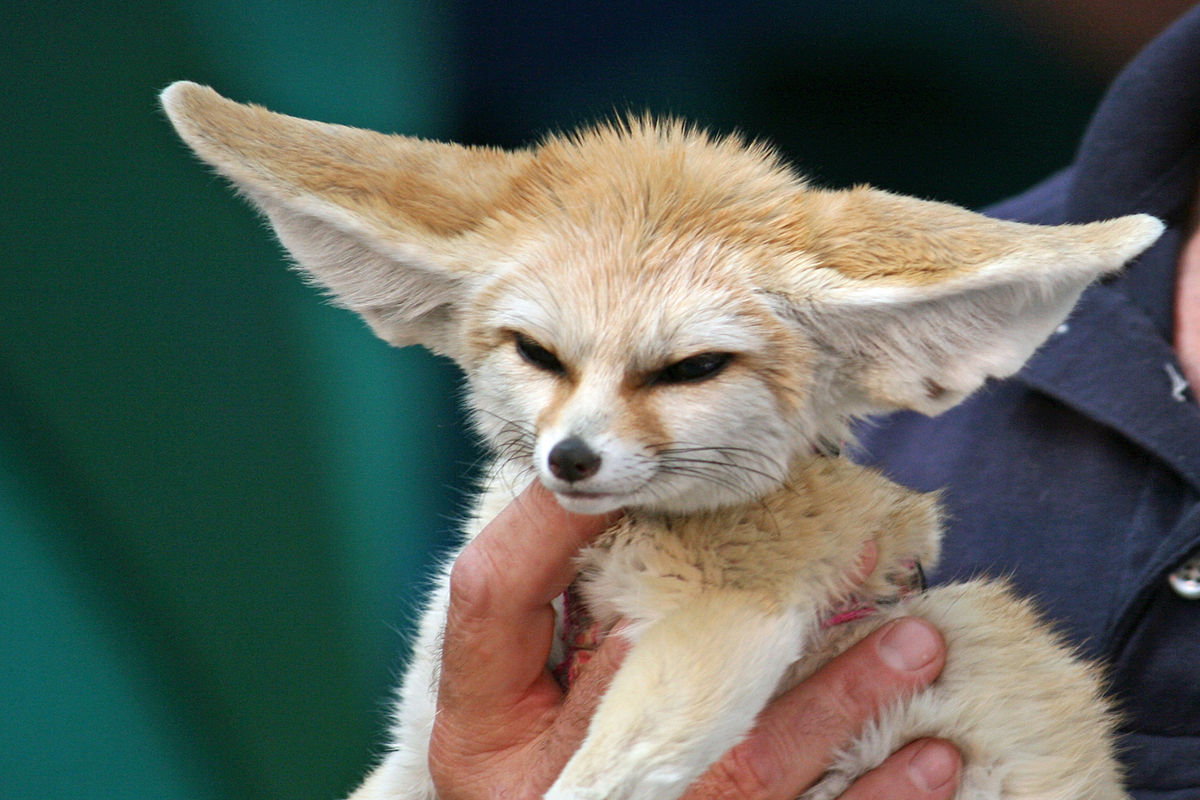
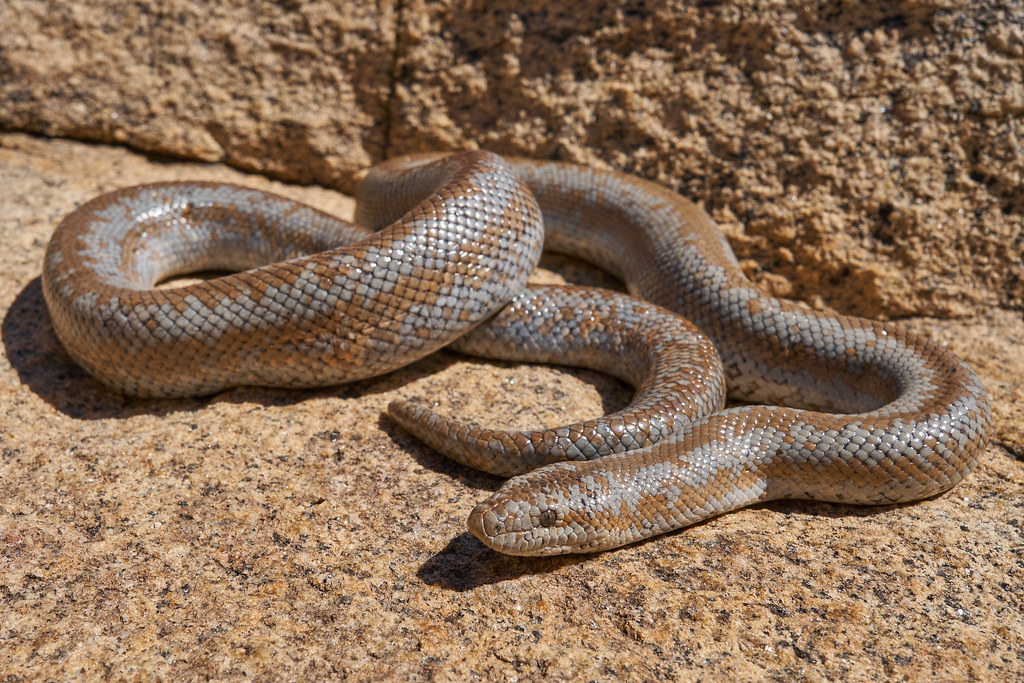
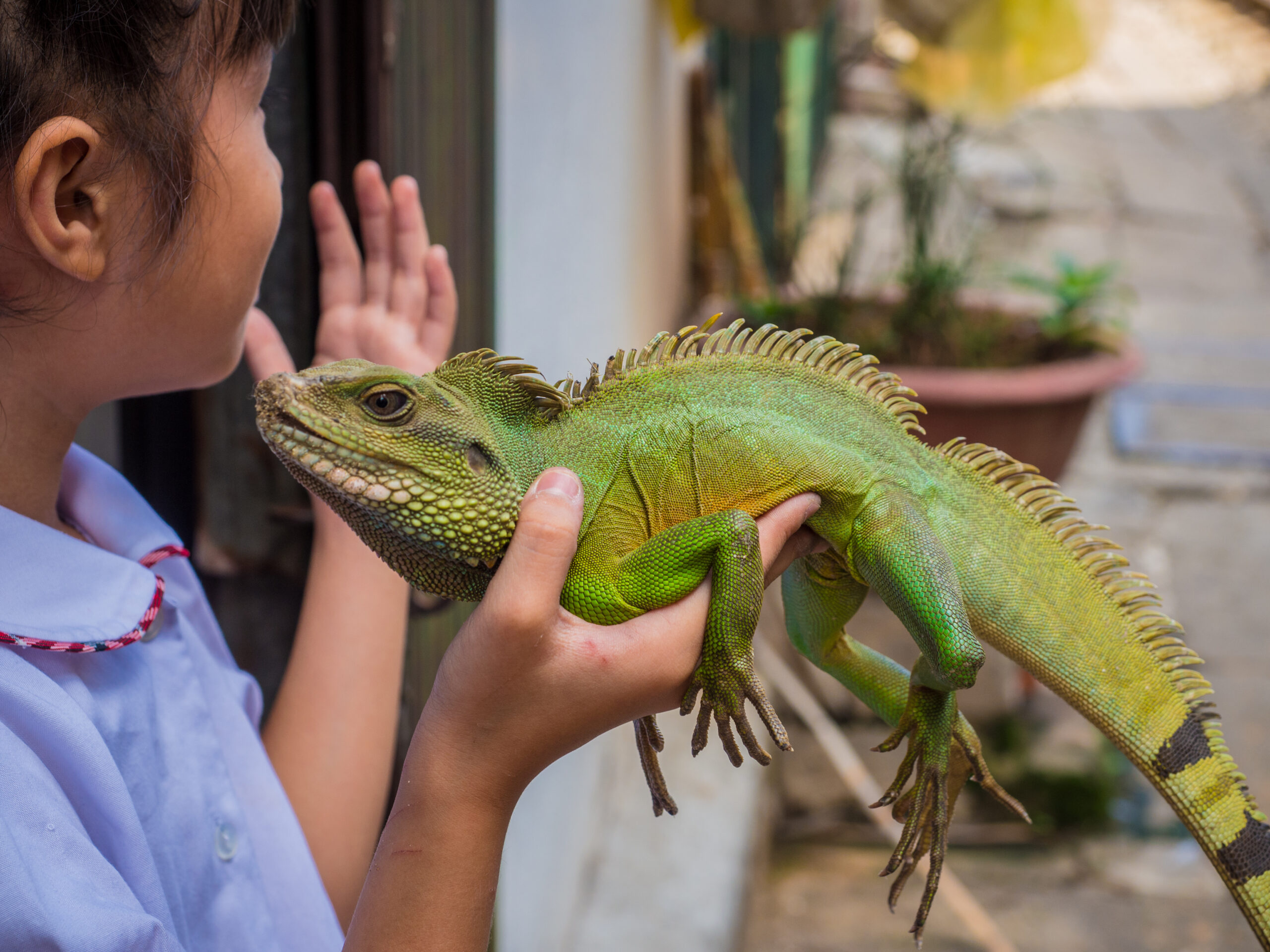





Leave a Reply